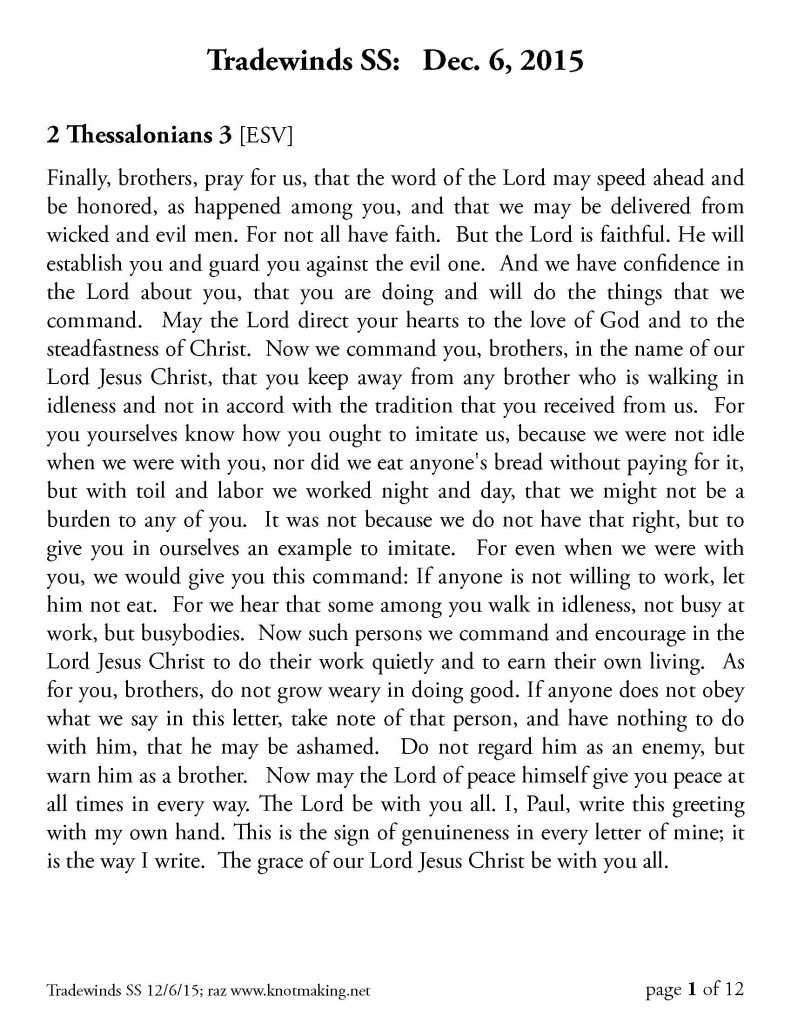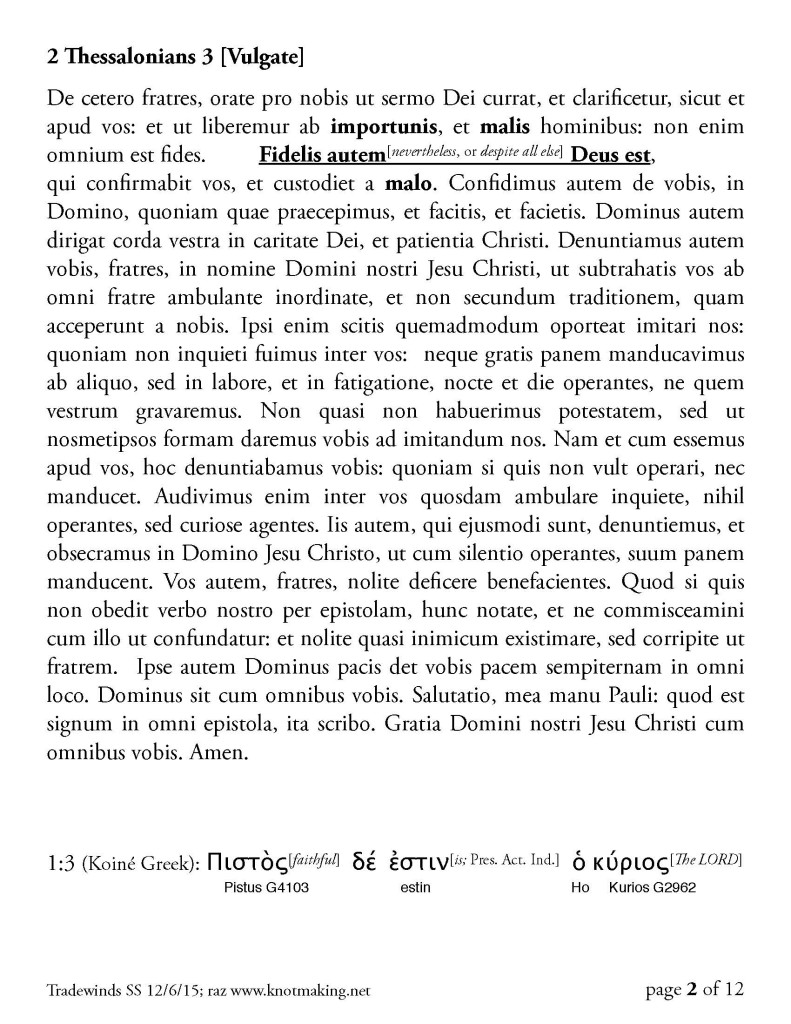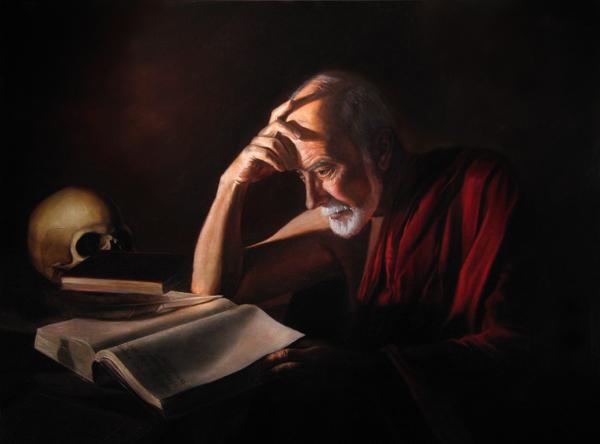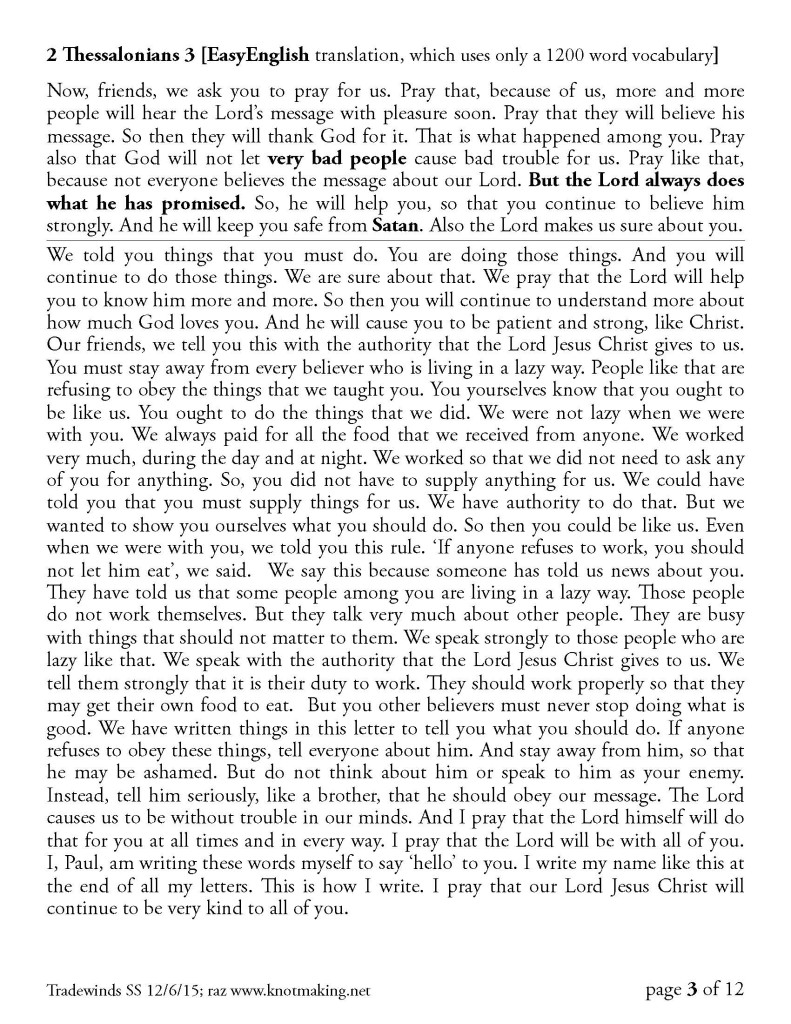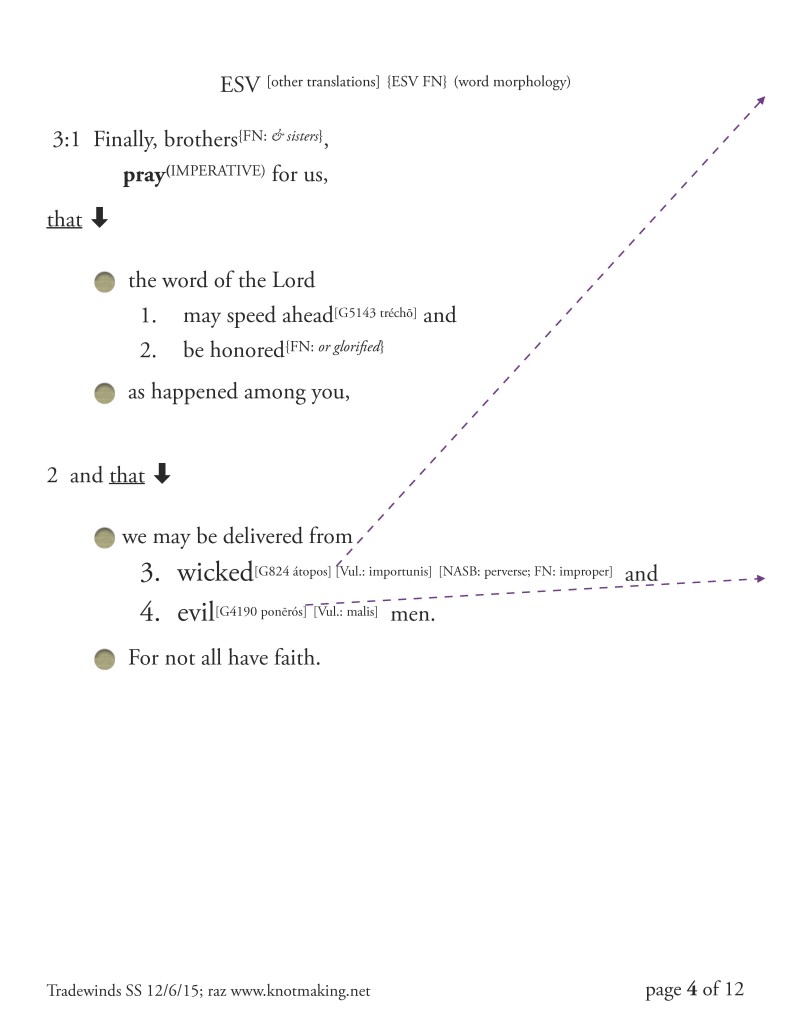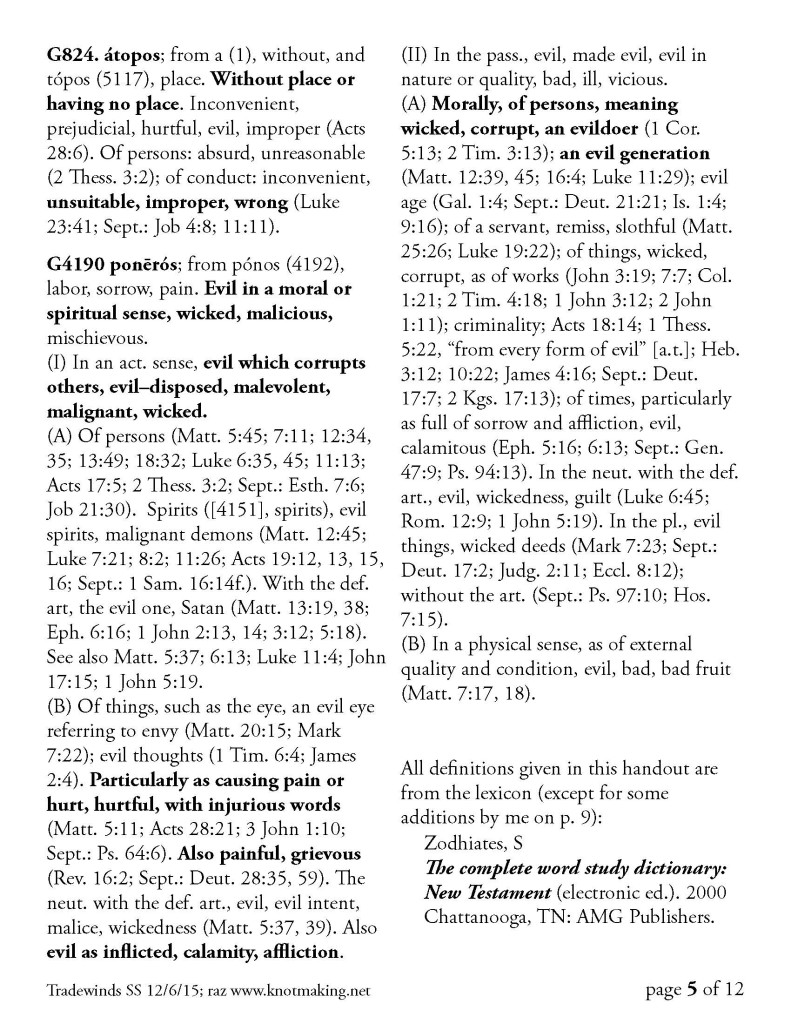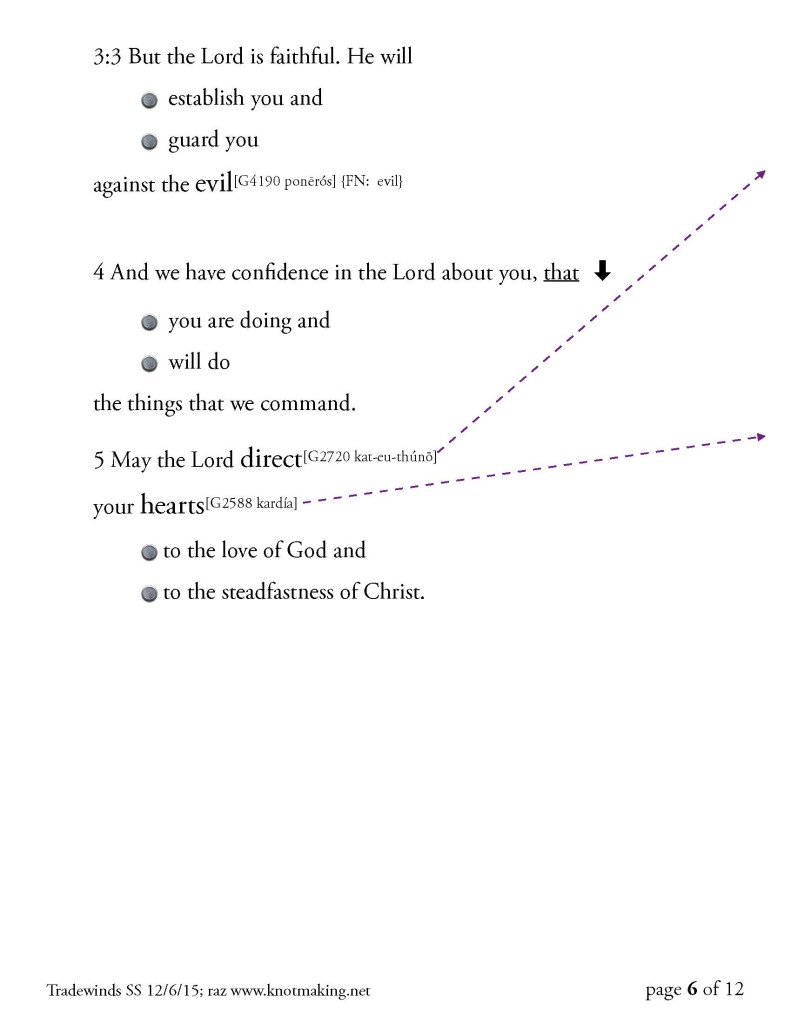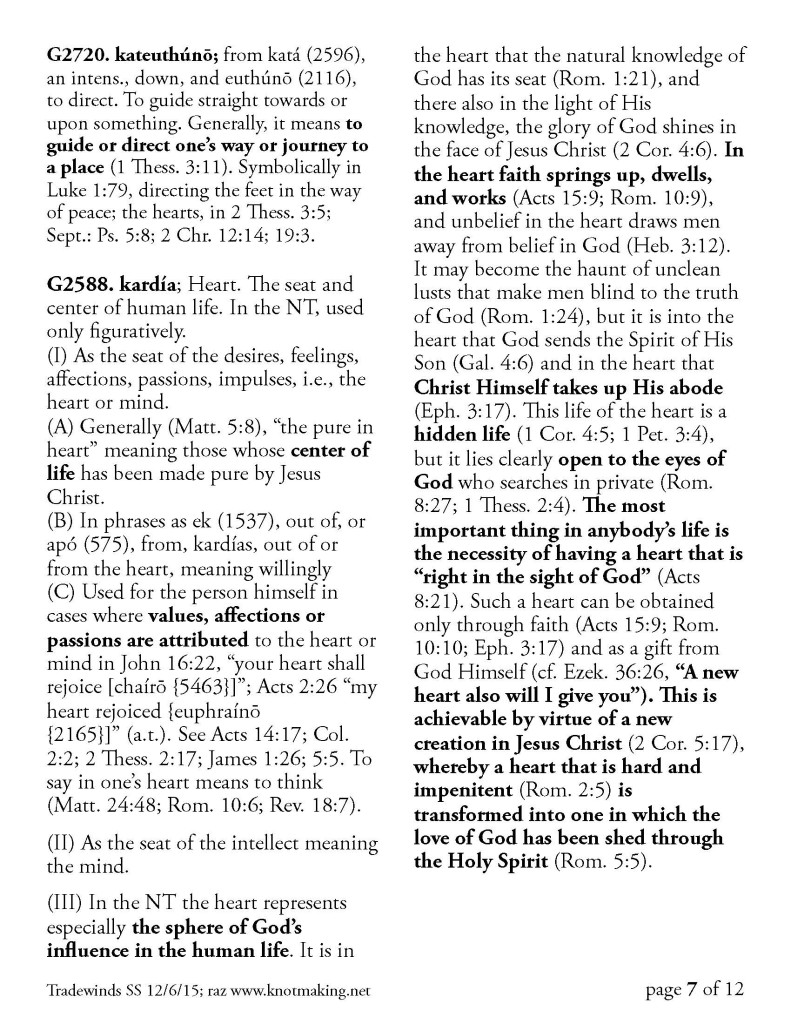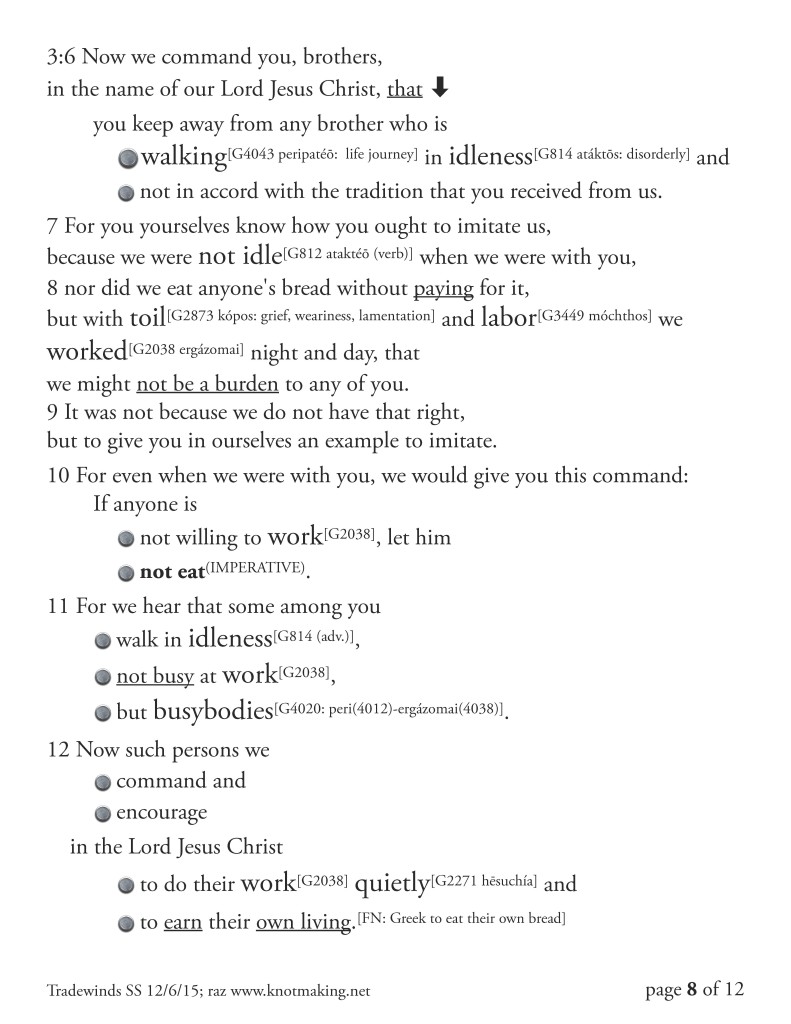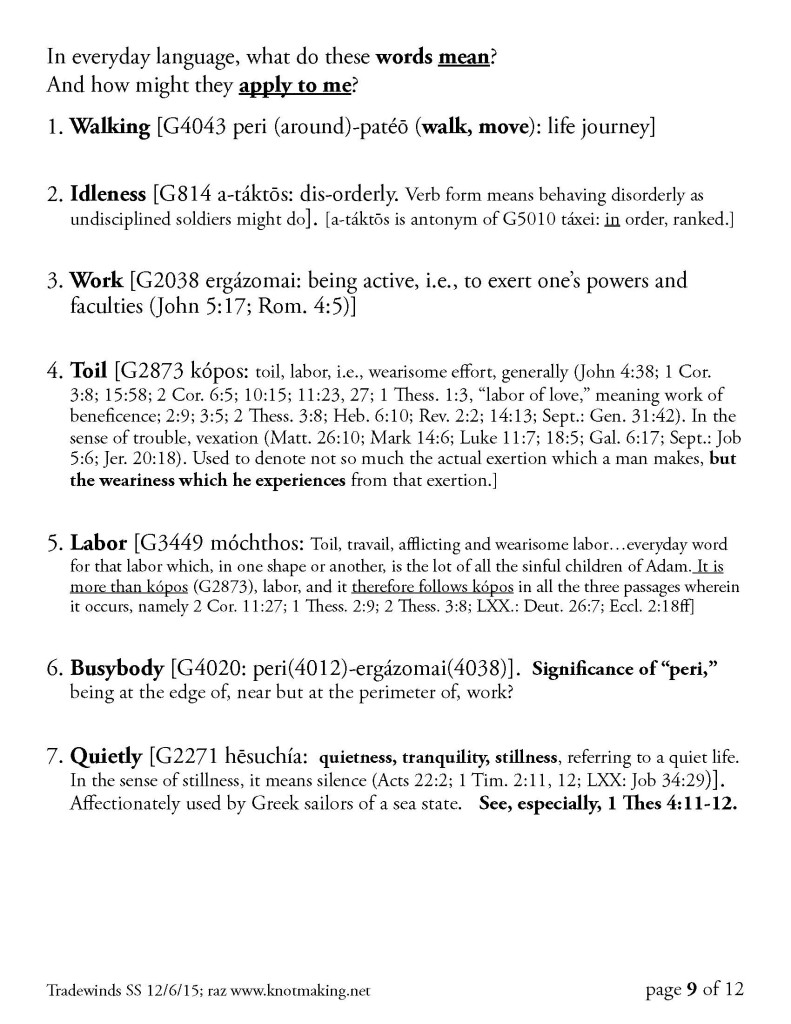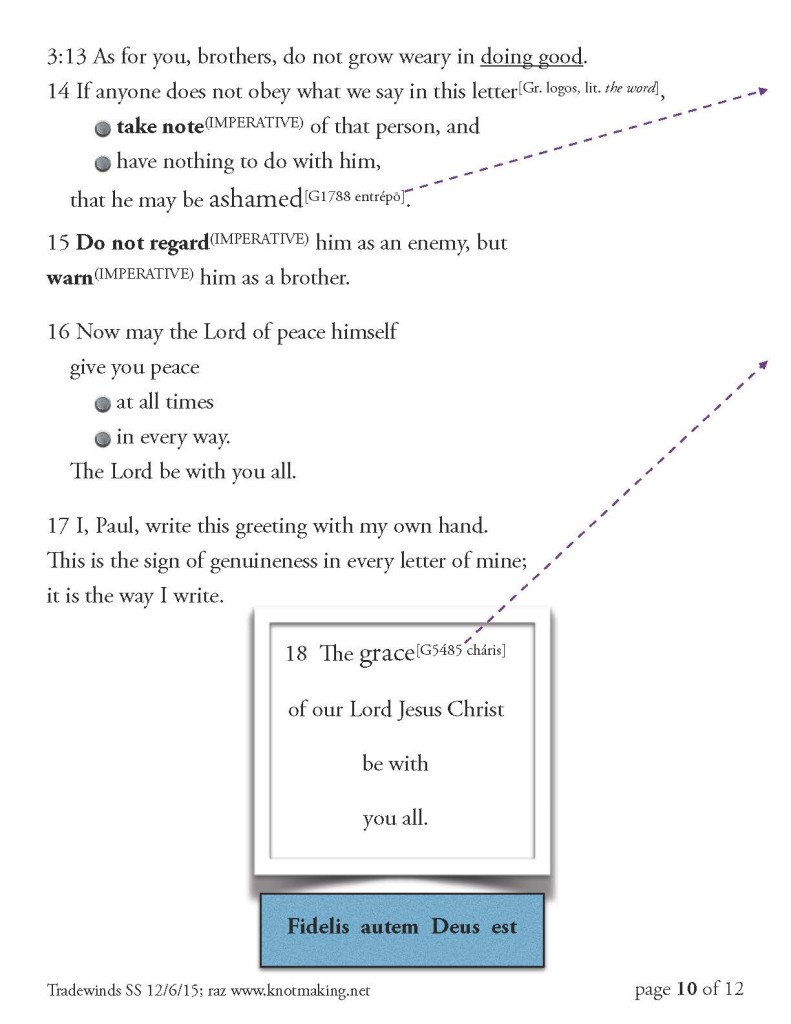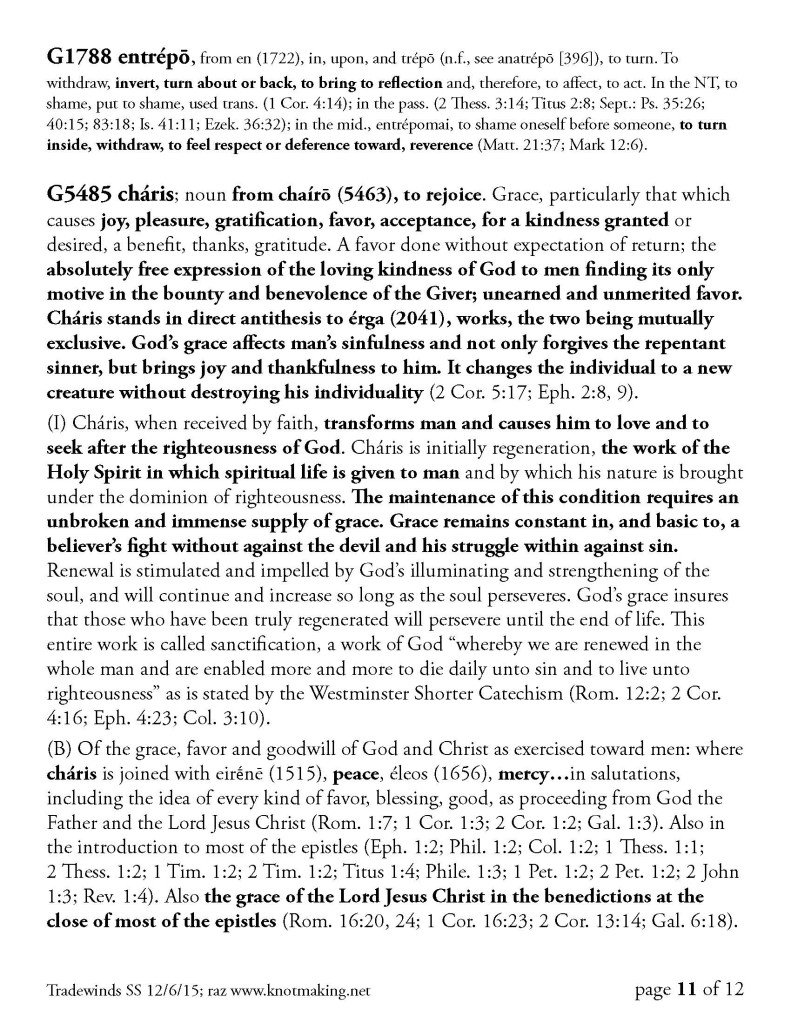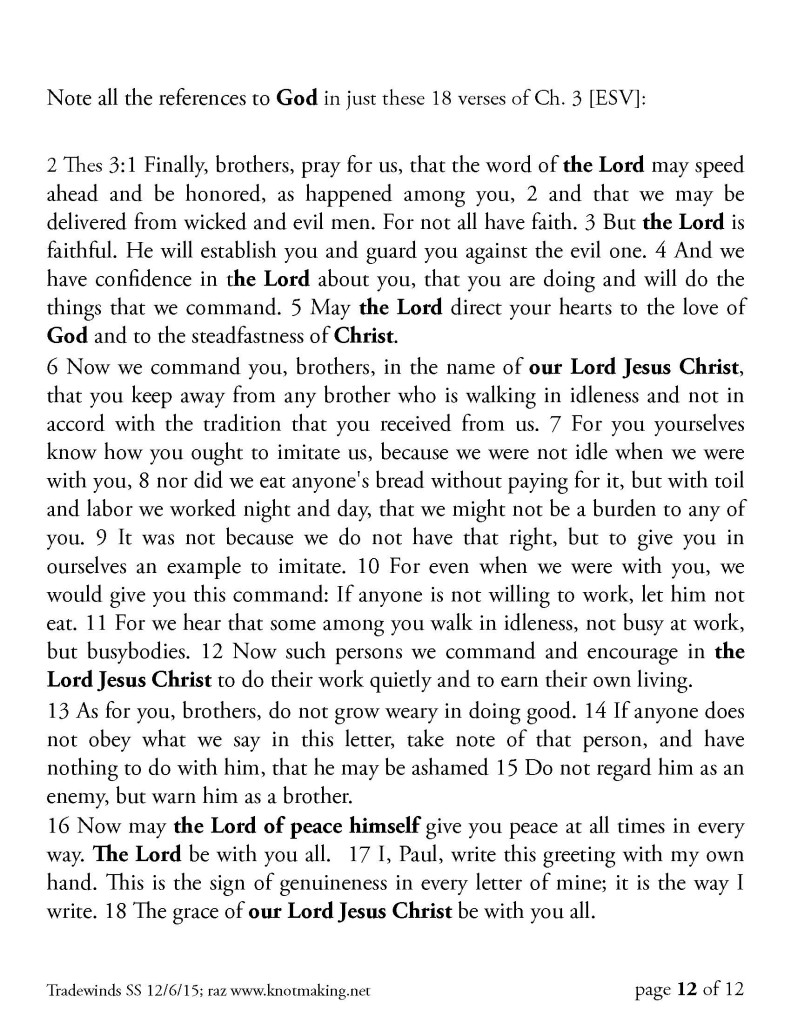Below is one of many paintings presenting Jerome–the translator who produced the Vulgate Bible in ca. 400 A.D.–and his struggle to understand the Bible text and find the best words to express them in Latin. A skull is commonly part of all such depictions because, it is understood, that Jerome performed his work in the context of human mortality, presumably by his understanding of the consequences of the Fall, which includes both death and massive human limitations as to our knowledge of God (and hence, the critical importance of Revelation from the Biblical text).
memento mori (“Remember that you will die.”)
The arrows on the odd number pages point to the lexicon definitions on the adjoining even number pages of certain key words in the Bible’s text.
The text below the picture-framed closing verse (vs. 18) is from vs. 3 of the Latin Vulgate: Faithful is God (The Lord)…in contrast to the unfaithful all that is around around, and even within, us. No better sign could be placed one one’s desk lamp or bed headboard than these simple but profoundly important few words.
